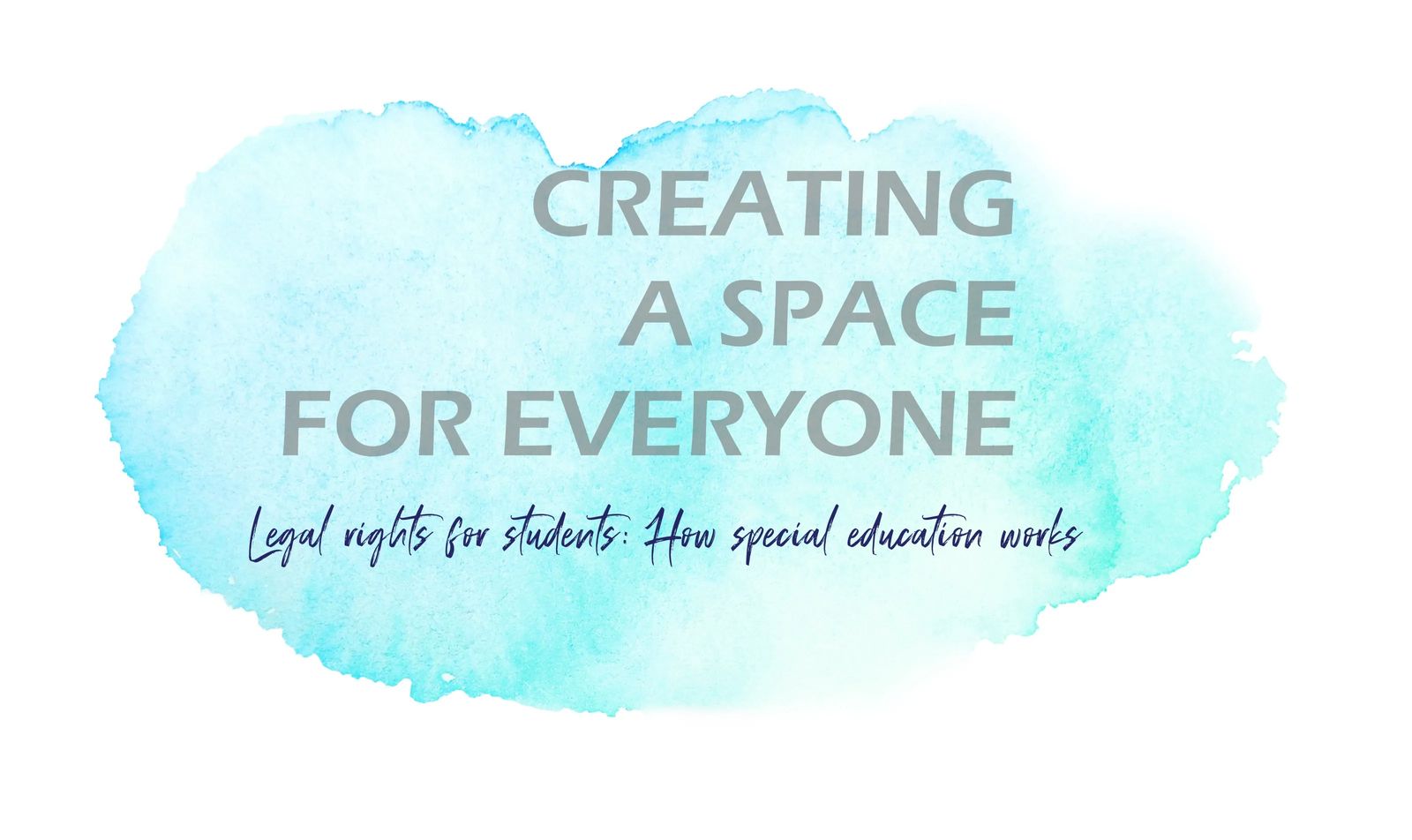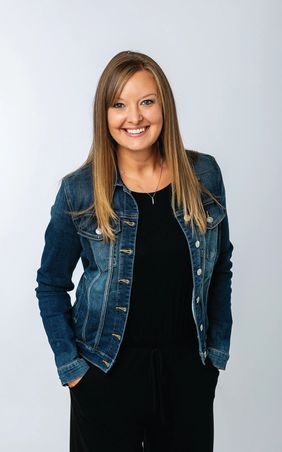
Creating a Space for Everyone: Navigating the IEP Process
January 2023
by Kelly McCandless
In education, the list of tools available to support students, families, and educators is expansive. One category often referred to is “special education.” This reference refers not to the students involved but to the toolkit available to anyone needing accommodation to support learning. This might be adapting the teaching method to learn through audio over reading, joining an accelerated class to challenge a student further, or offering adaptive educational models to suit students with various needs.
IDEA, ADA… and Other Acronyms
Understood.org tells us that the Individuals with Disabilities Education Act (IDEA) was passed in 1975 and required public schools to meet the unique needs of eligible K-12 students with disabilities. Schools must provide services to accommodate these needs. The Americans with Disabilities Act (ADA) is a civil rights law that prohibits disability discrimination by schools, employers, and anyone who offers goods and services to the public. Finally, Section 504 of the Rehabilitation Act is another civil rights law prohibiting disability discrimination, this time specifically in schools that receive federal funding. Schools meet these needs by removing barriers to learning (like offering audio instead of visual reading).
These laws work together to ensure that any child with any needs has access to a free, appropriate public education in the least restrictive environment possible. Public schools are required to find and evaluate students who may have disabilities at no cost to the families (referred to as Child Locate). Once a child is identified, the school creates an IEP, or an Individualized Education Plan, to create the proper network of services to support the student's progress at school. Services might include things like counseling, speech therapy, reading support, etc.
Who Qualifies?
Under IDEA, thirteen recognized disabilities qualify for special services in education. These include Autism, deaf-blindness, deafness, emotional disturbance, hearing impairment, intellectual disability, multiple disabilities, orthopedic impairment, other health impairments (like ADHD), specific learning disabilities (dyslexia and others, speech or language impairment, traumatic brain injury, visual impairment, etc.). Having a disability is step one, but to qualify for services, the child must also demonstrate a need for special services to make progress in school.
Finally, parents/caregivers must be involved in decisions to offer services. The school develops the IEP and works with the caregivers and the network of service providers, including the teacher and principal, to measure progress. IEPs are only available to students in kindergarten through 12th grade.
How this works in SD2
According to Judy Povilaitis, Executive Director of Student Services for Billings Public Schools, there are a contingent of people who work to ensure students are identified through Child Locate and then connected with services. “As the law says, education must be provided in the least restrictive environment, including the continuum of services. The least restrictive environment will always be a general education classroom, so accommodation may be added there. This could look like extra time for a student to work, enlarged materials for visually impaired students, or sign language for the hearing impaired. If a learning disability is involved, the student might need things broken down differently or to learn in a smaller group. As we move through the continuum, there are self-contained classrooms where students do all their learning with one (or a small group of) special education teachers. Some students are educated in a group home, and others are homebound and need services brought to them.”
If it sounds complicated, it is. What isn’t complex, though, is that in every situation and special request, the student's needs and best opportunities for progress and success are put at the forefront. “We have a contingent of incredible individuals working together for the best outcomes for our students,” Povilaitis explained.
Billings Public Schools has roughly 2,400 students with IEPs out of 16,900, which is right on par with the national average of 14% of students. To care for these students (and others in some cases), SD2 employs 129 licensed Special Education teachers, 16 speech and language therapists, 12 school psychologists, 7 social workers, 16 Registered Nurses, 2.8 Occupational Therapists, 2 Physical Therapists, 1 teacher of the deaf and hard of hearing, 1 audiologist, 1 teacher for the visually impaired, 3 mental health specialists, 3 LPNs and 270 paraprofessionals handling classroom responsibilities and assisting resource educators.
With so many specialized employees needed, demand is high. “MSU Billings graduated four special education teachers last year; we hired all of them.” More graduates are desperately needed.
Bringing it All Together
Ensuring student success is complicated at all levels, and public schools work tirelessly to fulfill the needs of students to the best of their abilities. The most important takeaway is that if your student needs guidance or accommodation, you have partners available to you in the schools. They are prepared to hear your concerns, explore the needs, and work with you to ensure they make progress.
Originally printed in the January 2023 issue of Simply Local Magazine
Never miss an issue, check out SLM's digital editions here!





